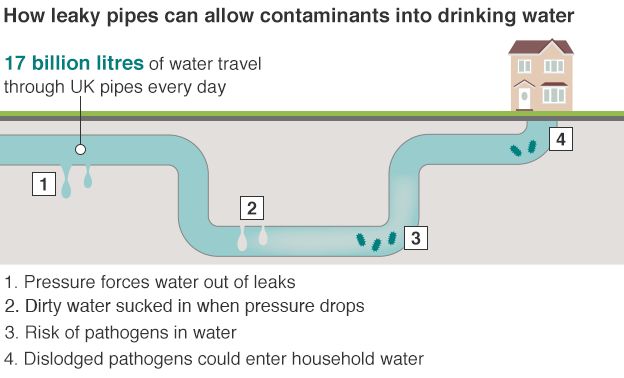When it involves solar panel effectiveness, understanding just how weather enter play is vital. Picture this: your photovoltaic panels indulging in the sun's radiance, taking in power to power your home. However what happens when clouds roll in or temperatures rise and fall? Exactly how does that impact your power manufacturing? By diving right into the intricate dancing in between weather and solar panels, you'll discover crucial understandings that can assist you make the most of your renewable resource arrangement. Discover just click the up coming website of sunlight intensity, temperature results, and the duty of cloud cover and rains in maximizing your photovoltaic panel efficiency.
Effect of Sunshine Intensity
In some cases, the strength of sunshine can dramatically impact the performance of photovoltaic panels. When the sunshine is solid and straight, your solar panels generate more electrical energy. However, throughout over cast days or when the sun goes to a low angle, the panels obtain less sunshine, lowering their efficiency. To make the most of the energy result of your photovoltaic panels, it's vital to install them in areas with enough sunlight exposure throughout the day. Consider aspects like shielding from close-by trees or buildings that could obstruct sunlight and reduce the panels' efficiency.
To maximize the effectiveness of your photovoltaic panels, routinely tidy them to remove any dust, dirt, or particles that may be blocking sunshine absorption. Additionally, make sure that your panels are angled correctly to obtain the most direct sunlight possible.
Influence of Temperature Modifications
When temperature modifications happen, they can have a substantial impact on the performance of solar panels. Solar panels operate ideal in cooler temperature levels, making them extra effective on mild days compared to incredibly warm ones. As the temperature level raises, photovoltaic panels can experience a decline in efficiency due to a sensation referred to as the temperature coefficient. This effect triggers a reduction in voltage outcome, eventually affecting the overall power manufacturing of the panels.
Conversely, when temperatures go down as well low, solar panels can also be influenced. Exceptionally cool temperature levels can lead to a reduction in conductivity within the panels, making them less reliable in producing power. This is why it's vital to think about the temperature level conditions when mounting photovoltaic panels to maximize their efficiency.
Role of Cloud Cover and Rain
Cloud cover and rainfall can considerably affect the performance of solar panels. When clouds obstruct the sunlight, the amount of sunshine reaching your photovoltaic panels is minimized, resulting in a reduction in power manufacturing. Rain can also influence solar panel effectiveness by obstructing sunlight and producing a layer of dust or crud on the panels, additionally reducing their capacity to create electrical energy. Even go to this web-site can spread sunshine, creating it to be less focused on the panels.
Throughout cloudy days with hefty cloud cover, photovoltaic panels might experience a substantial decrease in energy outcome. However, it's worth noting that some contemporary photovoltaic panel technologies can still generate power even when the skies is over cast. Furthermore, rain can have a cleansing result on photovoltaic panels, washing away dust and dust that may have collected with time.
To optimize the performance of your photovoltaic panels, it's essential to take into consideration the effect of cloud cover and rains on power production and make certain that your panels are properly preserved to stand up to varying climate condition.
Conclusion
In conclusion, weather condition plays a substantial function in the effectiveness of your photovoltaic panels. Making the most of sunlight exposure, taking care of temperature level adjustments, and checking cloud cover and rainfall are crucial variables to think about for optimal power generation. Routine upkeep, such as cleaning up panels, is critical for maintaining peak performance. By recognizing exactly how weather impacts your photovoltaic panel effectiveness, you can make enlightened choices to make best use of energy result and financial savings.
